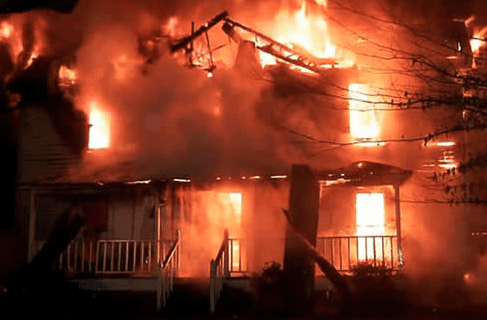The irrational obsession with loss
There is a growing body of research revealing that many human’s have an irrational obsession with loss. Or, perhaps more accurately, an irrational obsession with AVOIDING loss. This phenomenon is something I have seen played out in my evaluation of many casualty incidents. Ironically, the human trait to avoid loss is the same trait that […]
The irrational obsession with loss Read More »


